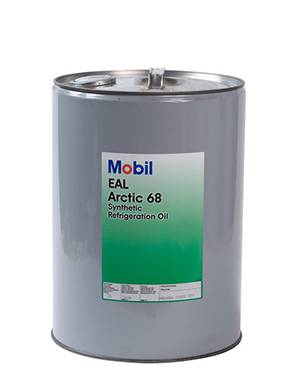Dec . 11, 2024 12:12 Back to list
hdpe drainge pipe
Understanding HDPE Drainage Pipes
High-Density Polyethylene (HDPE) drainage pipes have become a key component in modern drainage systems, particularly in various applications including residential, commercial, and industrial settings. Their growing popularity can be attributed to several significant advantages, including durability, flexibility, corrosion resistance, and environmental sustainability. This article explores the salient features, benefits, applications, and installation processes associated with HDPE drainage pipes.
What is HDPE?
High-Density Polyethylene is a thermoplastic polymer made from petroleum. Its high density gives it enhanced strength and flexibility compared to other materials. Due to its structural properties, HDPE is incredibly resistant to impacts, chemicals, and UV light, making it an ideal material for pipelines that are exposed to harsh environmental conditions.
Benefits of HDPE Drainage Pipes
1. Durability HDPE drainage pipes have a long lifespan, often exceeding 50 years. They are resistant to cracking, splitting, and environmental stress conditions, which makes them a low-maintenance option over time.
2. Flexibility The inherent flexibility of HDPE allows it to bend without breaking, making it easier to install in various terrains and reducing the risk of damage during installation. This characteristic is particularly useful in areas where soil movement may occur.
3. Corrosion Resistance Unlike traditional materials such as metal or concrete, HDPE does not corrode or rust. This resistance to chemical agents and biological growth further extends the longevity of the drainage system.
4. Lightweight HDPE pipes are significantly lighter than traditional drainage materials, allowing for easier handling and transport. This lightweight nature also reduces the overall installation costs, as less heavy machinery is required.
5. Environmental Impact HDPE is a recyclable material. When its life cycle ends, it can be reprocessed and reused, making it an environmentally friendly choice. Its production emits lower greenhouse gases compared to concrete or metal pipes.
Applications of HDPE Drainage Pipes
HDPE drainage pipes are versatile and are used across multiple industries. Some common applications include
- Stormwater Management HDPE pipes facilitate effective drainage of stormwater, helping to prevent flooding and water pooling in urban areas. They are often used in conjunction with culverts and other systems designed to manage surface runoff.
hdpe drainge pipe

- Agricultural Drainage Farmers utilize HDPE drainage pipes for managing water levels in fields, improving soil conditions, and promoting healthier crop yields. These drainage systems are vital in areas prone to waterlogging.
- Sewage and Wastewater Systems HDPE pipes are increasingly being used in sewage systems due to their resistance to aggressive chemicals and ability to handle variations in temperature and pressure.
- Residential and Commercial Systems In both residential and commercial buildings, HDPE pipes are often chosen for their ability to manage drainage for roofs, foundations, and driveways.
Installation Process
The installation of HDPE drainage pipes requires specific tools and techniques, but it is generally straightforward. The basic steps include
1. Planning Before installation, proper planning and layout design are crucial to ensure effective drainage. Consideration of soil type, slope, and local drainage regulations is important.
2. Trenching An appropriate trench must be excavated to the required depth. The trench should be wide enough to accommodate the pipes and allow for any necessary bedding material.
3. Bedding Material A layer of crushed stone or gravel is usually placed at the bottom of the trench to create a stable base for the pipes and facilitate drainage.
4. Pipe Placement The HDPE pipes are laid within the trench, ensuring that the joints are secure and positioned correctly to allow for proper drainage flow.
5. Backfilling After the pipes are laid, the trench is backfilled with soil or gravel, taking care to avoid large rocks or debris that might impact the pipes.
6. Final Inspection A final inspection ensures that the installation is complete and meets all local codes and regulations.
Conclusion
HDPE drainage pipes offer a modern solution for effective drainage systems across numerous applications. Their numerous benefits, including durability, flexibility, and environmental sustainability, make them a preferred choice for many engineers and contractors. As global awareness of environmental issues continues to grow, the demand for such materials is likely to increase, paving the way for more innovative uses and applications of HDPE in the future.
-
High-Quality PPR Pipes and Fittings Durable ERA PPR & PVC PPR Solutions
NewsJul.08,2025
-
Black HDPE Cutting Board - Durable, Non-Porous & Food Safe HDPE Plastic Cutting Board
NewsJul.08,2025
-
High-Quality CPVC Panel Durable HDPE & PVC Panels Supplier
NewsJul.08,2025
-
Double PE Welding Rod Supplier - High Strength, Durable & Versatile Welding Solutions
NewsJul.07,2025
-
High-Quality PVC-O Pipe Supplier Durable 75mm PVC Pipe & Connections Leading PVC Pipe Company
NewsJul.07,2025
-
HDPE Drainage Pipe Supplier – Durable & Corrosion-Resistant Solutions
NewsJul.06,2025

